World Fine Art Professionals and their Key-Pieces, 209 - Theo van Keulen
World Fine Art Professionals and their Key-Pieces, 209 – Theo van Keulen
I saw work by Theo van Keulen at the exhibition “Incontranto” at Breed Art Studios in Amsterdam. Incontranto was based on stories by Theo van Keulen, from the Netherlands, and Marilena Vita from Italy. In their work they both investigated the poetics of matter, both organic and inorganic.
Theo van Keulen had hung suitcases, shoes and glasses in a big black frame. “Disappearance” the installation was called. It showed what is left behind of disappeared prisoners. In addition, there were 32 paintings of his hand on two panels in the same theme: oppression and occupation by totalitarian regimes.
Behind barbed wire
Theo van Keulen, whom I speak at his farm in Sterksel in Brabant: “It’s about the sudden disappearance of people who have been arrested and trapped behind barbed wire. Usually for political and / or religious reasons. The paintings tell the story of the prisoners. There is hunger, humiliation and torture, but despite all the misery, they still have a glimmer of hope when they see a bird and a flower. ”
Van Keulens sister was captured during the Second World War. Van Keulen: “I saw it myself happening. On a Sunday morning. I was five years old. You will never forget that.” His sister, 17 years old, went to the Ravensbrück concentration camp and stayed there until the end of the war. She then left for Sweden because Folke Bernadotte, a Swedish Red Cross diplomat, had made a deal with the Germans. He was allowed to take the prisoners from Ravensbrück to Sweden. Along the way, despite the red crosses painted on it, the train was bombed by the English, many of the prisoners still perished in the sight of freedom. The remaining ones continued their journey and eventually stayed in Sweden for half a year after the liberation. Then she came back to the Netherlands.
She told about life in the camp. Guarding a piece of bread or a potato. “She has made a poem about it. About how people fought for a piece of bread.” The sister never felt at ease again. “She no longer believed in God. My father did not accept that.” She moved via Utrecht to Canada where she lived in a small village and died there.
Good catholic
Father Van Keulen was a good Catholic. He had 20 children with his two wives. Theo was the 18th. The family lived in an old textile factory in Nuenen opposite the rectory where Van Gogh’s parents lived and Vincent stayed from 1882 to 1885. Of all the children, two are still alive today. One of Theo’s works is about it. He even calls it his key work because it also has a social-historical meaning. There are coffins between a good number of prams. Images and voices of his brothers and sisters come from the prams on 12 video screens. The walls are covered with 1500 family pics. It was on display in the Bergkerk in Deventer and in the Cacaofabriek in Helmond.
Van Keulen: “At that time, 12 of my brothers and sisters were still alive. In the short films they told the story of their childhood. Everyone had a different story. A brother told about the liberation of Nuenen. The pastor did not allow the liberators and the local population to dance. Opposite us lived a farmer whose son and daughter thought the English deserved a party. They transformed the cowshed into a dance hall. In the evening my little brother saw an English soldier and the farmer’s daughter standing against the outside wall, while her underpants lay on her ankles. ‘So strange’ he thought. It was like what he sometimes saw the pigs do.” The farmer’s daughter in question also saw the video at the exhibition, she realized that it was about her. “She took it sporty.”
His sister told a story about another sister, who was locked up in a room under the stairs. “She ran away from home. When she got home, she was without stockings and shoes, which she had left behind in the woods. Someone found it and came to bring it. My father was angry and locked her up in a walk-in closet under the stairs. She got a bucket to pee. She was locked up there for at least four days. ”
The Averbode Road (Averbodeweg)
Theo van Keulen tells me the story in the living room of his farm on the Averbodeweg that is full of art. A little further down the table is his wife Mia, who has Belgian roots. The village used to be moorland and was owned by the Belgian Abbey of Averbode (located near Diest). “The monasteries used to have large possessions. When Napoleon came the monasteries had to give up their property. Louis-Napoleon was welcomed as a liberator in Brabant. Several monasteries were demolished. The Abbey sold the village to a man who, in turn, sold it on to a Development Society: the Agricultural Company, who mined the heath land not with horses but with oxen. That was 100 years ago. Then the development of Sterksel began with farms, a station, a monastery for the priests, a monastery for the sisters and a small seminary. The first fertilizer was tried out in Sterksel. It turned out to work, much to the surprise of many.
One of the farms was the Germinahof, named after the son and daughter of the first farmer GERard and WilhelMINA. In 1975 the artists Theo van Keulen and Cor van Lierop came to live there. In the 1960s they had established an artists’ group in Nuenen. They sold their resp. small houses and together bought the huge farm (1000 m2) in which two residential houses, stables and shed spaces were located.
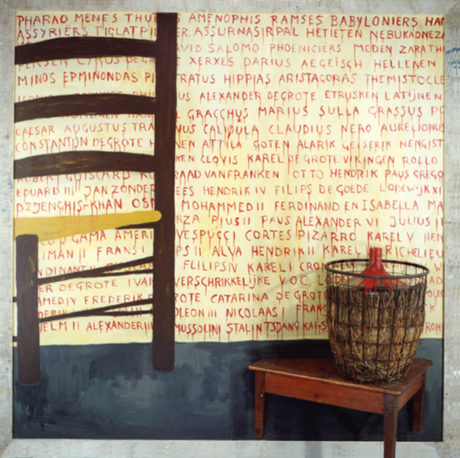
Theo van Keulen – MB 5, History is written with blood. acrylic on panel, with assembly. 260 x 260 cm, 1987
Studio in the farm
“We started with studios, for ourselves and years later for the Averbode group that consisted of Piet Clement, Antonie Eikemans, Wim Geeven, Peter Verbeek and myself. When we expanded the ox stable and erected walls, a long corridor of 4 m wide and 15 m long was created. ‘Damn it, we could hang some artworks in it.’” Once it was finished, they turned it into a gallery: Germinahof. That was in 1981. First there was an exhibition with the paintings of Van Keulen and then one with the work of Van Lierop. “It was quiet for a while, but then came work from a Frenchwoman whom I met during a peace march and eventually became my daughter-in-law. The Art-Plus Foundation was founded in 1984 with artists Wim Geeven, Gery Bouw, Helma Veugen and Lène Bueters on the board. They took over the exploitation of the Germinahof gallery. Dozens of artists from the Eindhoven – Den Bosch – Tilburg – Maastricht region followed, including Jan de Bie, Leon Adriaans, Henk van Rooij, Toos Nijssen, René Korten and Hans Kuijs. ”
The wall is full of work by himself and by these artists. We walk past it. Johan Lennarts is there, Henk Visch, Ad Snijders, Bert Loerakker, Leon Adriaans, Jan de Bie, Piet Clement, Peer Metselaar, Martin van de Laar, Jan van den Langenberg, Tom van den Boomen, Henk van Rooij and Wim Doreleijers. African masks hang on the other wall. “I bought it in Belgium in Heist-op-den-Berg and at the art and antiques market in St. Truiden.”
Many of these artists are now of age, others have already died. “Piet Clement for example. His farm was full of art. What to do with it? The widow and I have decided to sell his work for costprice. In an exhibition hall in Geldrop we sold 5-600 works by him in two weekends. We approached hospitals and nursing homes for the large paintings that remained. His works ended up in the Jeroen Bosch Hospital in Den Bosch (no fewer than 25), the Catharina and the Maxima Hospital in Eindhoven.” The problem was recognized by the BKKC, the art and culture center in Brabant. It has worked out a plan to deal with the art collections of deceased artists in appropriate cases. ”
History is written with blood
We go upstairs to view some of his works on the computer. The corridors to it are also full of work by his fellow artists. His collection of graphics, drawings and paintings is no less than 500 copies. The first work that comes along is ‘Oppression’, a work about oppression and occupation. We see an assembly with real boots, which are red from the bottom (blood), with strong red, white and black stripes on the bottom and on the side.
Then ‘History is written with blood’. We see a chair, a table with a round bottle, red from above and in (blood) red letters the names of all kinds of former warfare commanders and rulers. “It’s a large painting, 3 x 3. It’s about dictators and warriors.” We see Alexander the Great, Nero, Cortes, Pizarro, Pius II, a pope who also had an army, Mussolini, Stalin and Hitler. “After the battles and wars they waged, the borders were drawn in Europe and in the world. After all, the victor writes history. Frederik Hendrik (of Orange) was also such a warrior. On his march to Den Bosch in 1618 / 1919, in order to feed the horses of his army, he ordered the farmers to hand in all the straw. And when that was finished, they had to remove the straw from their roofs. They were small farmers, but that didn’t matter to him. He considered the Brabant country as an occupied area. He plundered a village like Schijndel completely. ”
Keep an eye on the working class
‘Keep an eye on the working class’ was exhibited several times. We see five toilet doors next to each other. There are video monitors on the toilets. “The chief of one of the cigar factories in this area sawed a piece off the top and bottom of the doors. That way he could look over it to see what the girls were doing on the toilet. Were they secretly smoking or eating bread? When the cigar manufacturer’s wife visited the exhibition, she did not believe it was in practice, while it still existed in her husband’s factory. ”
In ‘Deforestation’ we see small white houses with a window at the front where trees protrude in the middle. “The farmer has to make way for new houses, often from import residents. This installation is still in the sculpture park Les Jardins de Drulon in central France.”
Waiting for motherhood
In ‘Waiting for motherhood’, an installation with video, we see pigs in a steel cage. All the pigs are ‘touched’ as it is called. By the time of the piglets being born, they are allowed in a larger pen, the maternity stable, where the piglets can walk around. “You see the piglets being born on the video images. Children loved seeing it. Nowadays it is no longer possible. The stable is forbidden access during this period. ”
In Berta 153, an installation with video, we see Berta. “It is a protest against the use of cows as mechanical creatures. They are artificially inseminated and may serve as a milking machine for a number of years. The bulls have long since disappeared from the scene. ”
Open windows
In ‘Open Windows’ we see a black dome-shaped construction. It was shown at the Biennale van Boxtel in the castle park and also in Diessen at LandArt Diessen. “It looks a bit like the Pantheon in Rome. That also has an opening at the top. In Boxtel, photographers gratefully made use of the work by photographing a bride in the artwork. I didn’t mind that. ”
We walk to his studio for the winter time and to the studio downstairs. There is a large painting by Piet Clement, who also worked here. I see a colossal water wheel that he made this summer. He is now working on a large painting with lots of purple, blue and orange in it.
Theo van Keulen (1937) is still on the board of the Kunst-En Foundation to help artists get exhibitions realized. He in turn gets inspiration from it. “I still want to make work,” he says finally. I will wait until summer time with the execution of a major work. ”
Images
1) Disappearance. Installation, 1990, 2) composition Kamp Ravensbrück. acrylic on linen. 134×160 cm, 2016, 3) composition Hope. acrylic on linen. 150×160 cm, 2016, 4) Suppression. acrylic on panel, with assembly. 138×138 cm, 1987, 5) History is written with blood. acrylic on panel, with assembly. 260 x 260 cm, 1987, 6) The different world from two generations, 1995-’96 (1), 7) The different world from two generations, 1995-’96 (2), 8) Deforestation, project. lxwxh 250x200x225 cm, 2008, 9) Open Windows, wood, iron. 325×700 cm, 2013, 10) Theo van Keulen, 2018
http://www.theovankeulen.nl/
https://bit.ly/2U2Gwuv
https://ifthenisnow.eu/nl/verhalen/de-kunst-van-theo-van-keulen
Disclaimer: The views, opinions and positions expressed within this guest article are those of the author Walter van Teeffelen alone and do not represent those of the Marbella Marbella website. The accuracy, completeness and validity of any statements made within this article are not guaranteed. We accept no liability for any errors, omissions or representations. The copyright of this content belongs to Walter van Teeffelen and any liability with regards to infringement of intellectual property rights remains with the author.


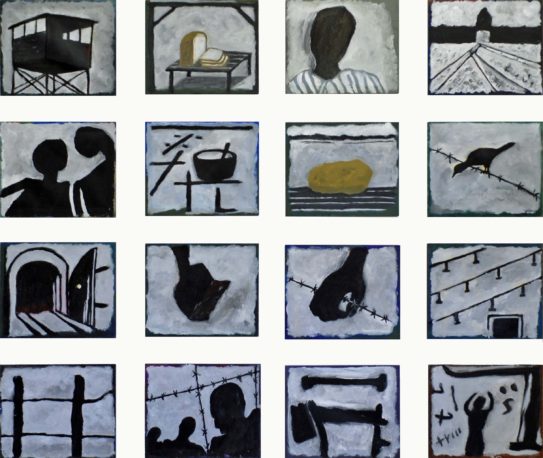
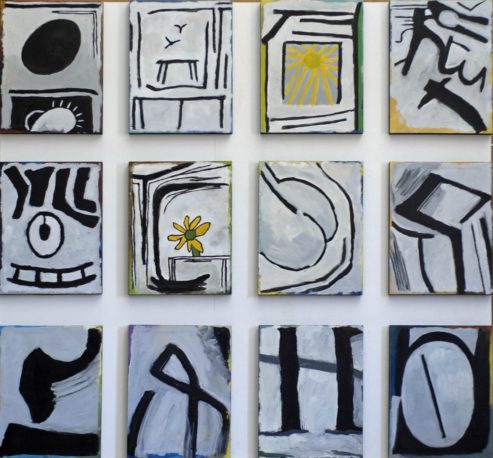
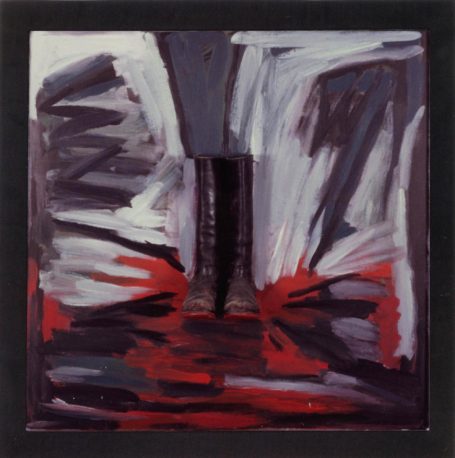
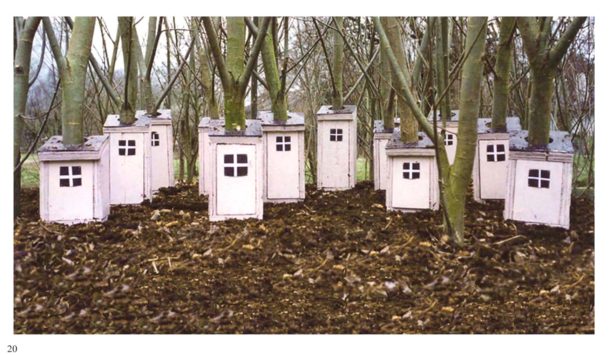
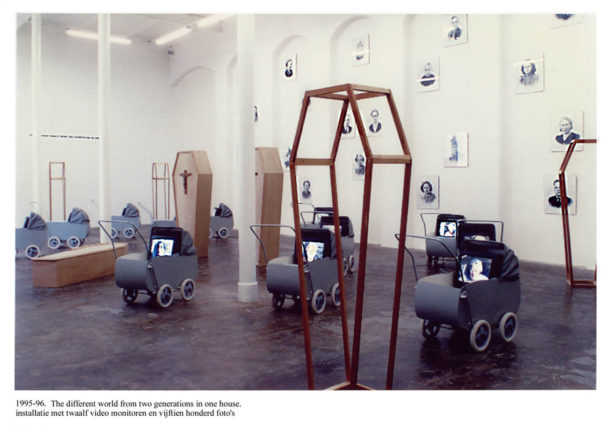

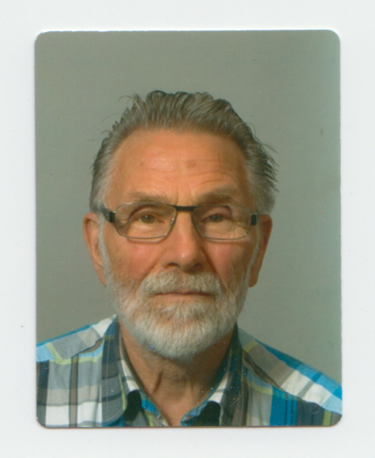
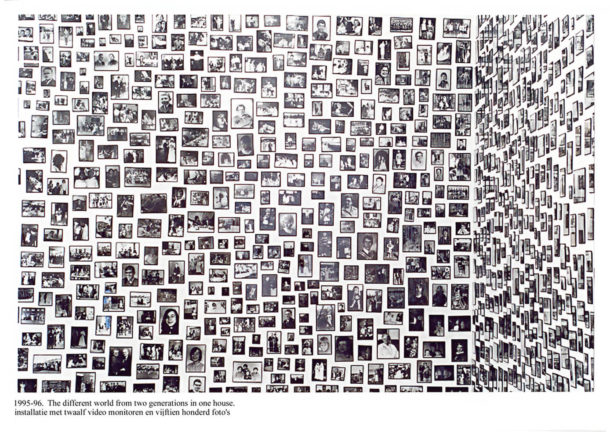














The opinions expressed by individual commentators and contributors do not necessarily constitute this website's position on the particular topic.